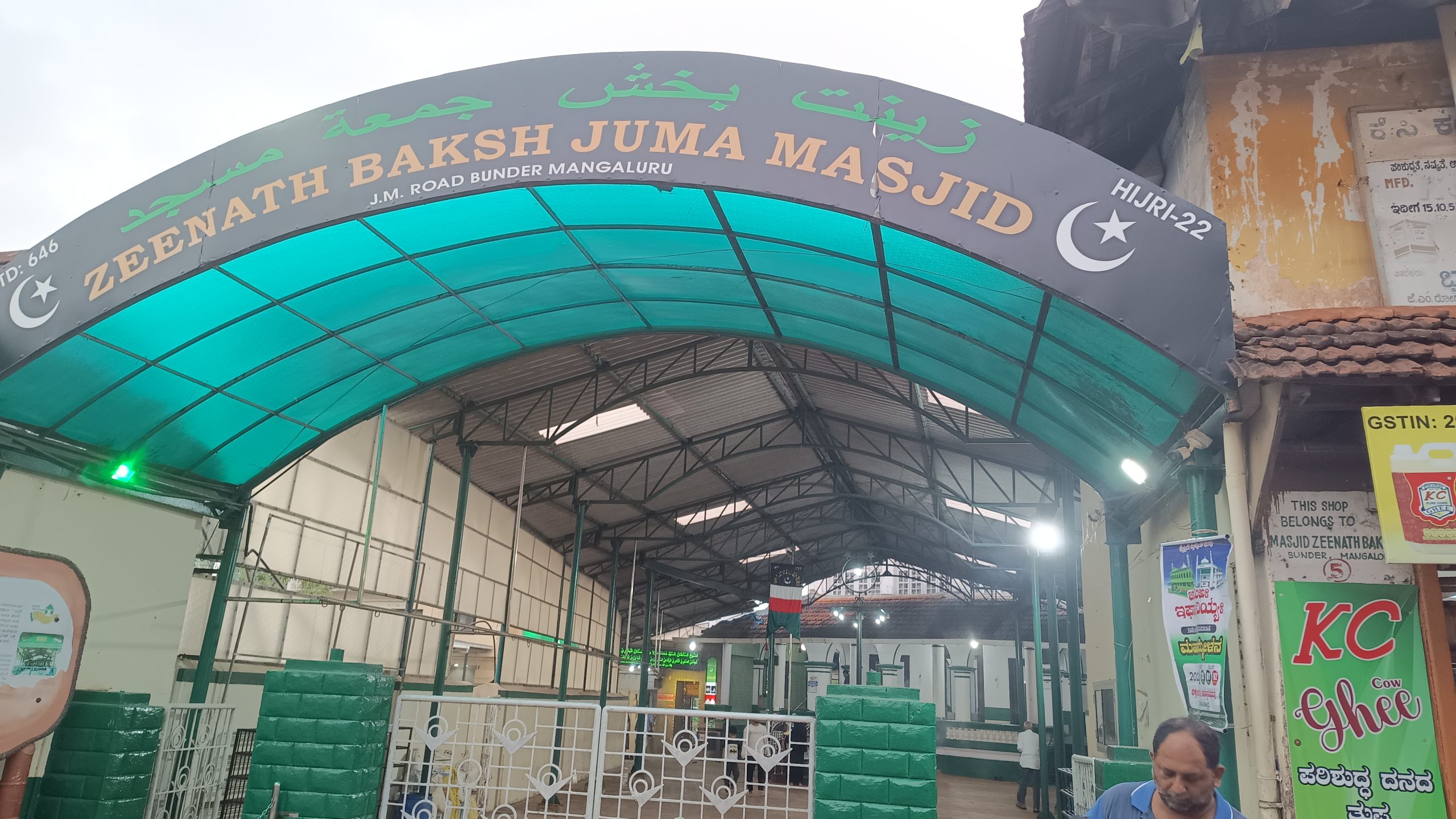Standing as a testament to Mangalore’s rich cultural heritage, the Zeenath Baksh Juma Masjid (also known as Beliye Palli or Malik Deenar Valya Palli) holds the distinction of being the oldest mosque in Karnataka and the third oldest mosque in India. This architectural marvel, established in 646 AD (22 Hijri) probably during the reign of Hazrat Umar by the renowned Islamic scholar Malik ibn Dinar, offers visitors a unique glimpse into the region’s Islamic history and traditional craftsmanship.
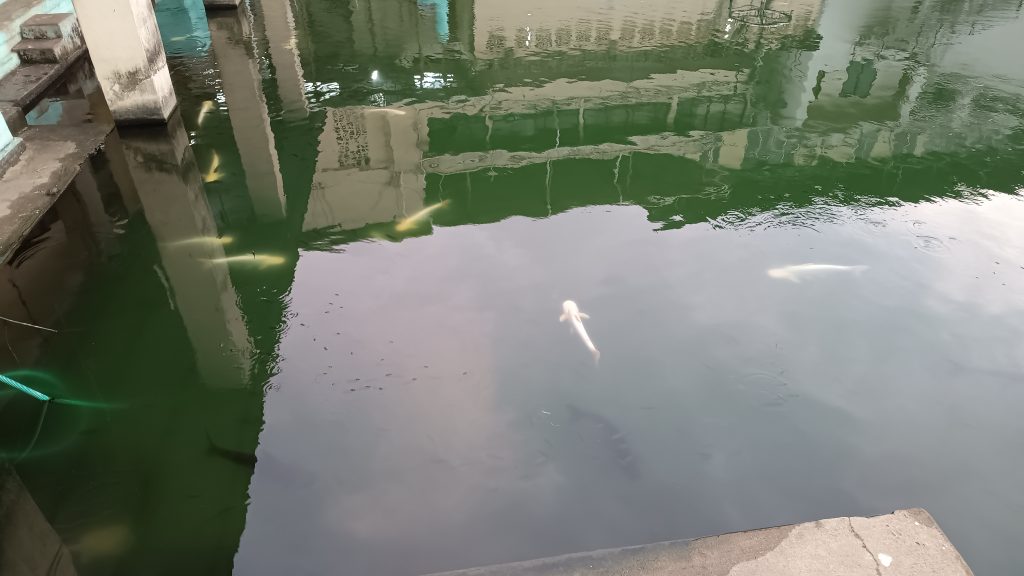
Table of Contents
Historical Significance
The mosque’s founding coincides with the arrival of Arab traders along India’s southwestern coast. As Karnataka’s oldest mosque and India’s third oldest Islamic place of worship, it carries immense historical and cultural significance. These merchants, drawn to Mangalore’s bustling port, established this sacred space during Islam’s early spread in the Indian subcontinent. The structure serves as a living chronicle of the flourishing trade relations between Arabia and the Malabar Coast that facilitated Islam’s early spread into India.
Architectural Brilliance
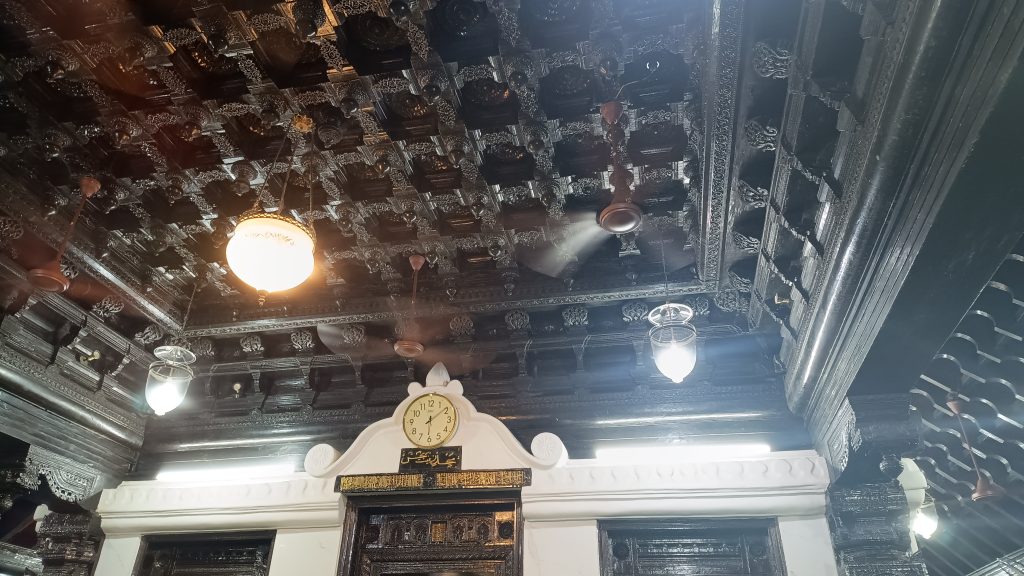
Unlike traditional Islamic architecture with its characteristic domes and minarets, the Zeenath Baksh Juma Masjid showcases a fascinating blend of Dravidian and Kerala architectural styles. The mosque’s most distinctive feature is its extensive wooden construction, primarily utilising teak and rosewood materials.
Key architectural elements include:
- Masterfully carved wooden pillars supporting the main prayer hall.
- Intricate wall decorations featuring floral motifs and geometric patterns.
- Traditional Islamic calligraphy integrated with local artistic styles.
- A beautifully ornate mihrab (prayer niche) indicating the direction of Mecca.
Visitor Information
Location and Access
The mosque is situated in Mangalore’s Bunder area, easily accessible by local transport or private vehicle. However, vehicle parking space is not available.
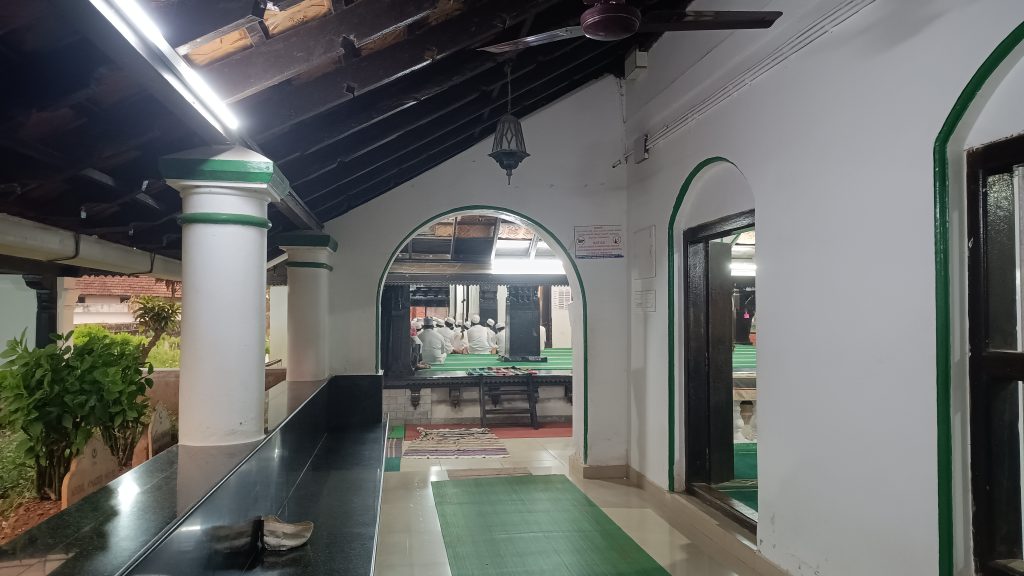
Visiting Guidelines
- Dress modestly with shoulders and knees covered
- Women should bring a head covering
- Remove shoes before entering prayer areas
- Maintain respectful silence inside
- Seek permission before taking photographs
- Best visiting times: Between prayer sessions (avoid Friday afternoons)
Nearby Attractions
Make the most of your visit to Mangalore by exploring:
- Tannirbhavi Beach (5.1 km from mosque)
- Panambur Beach (10 km distance)
- Sultan Battery Watch Tower (1.5 km away)
- Pilikula Biological Park (14 Km away)
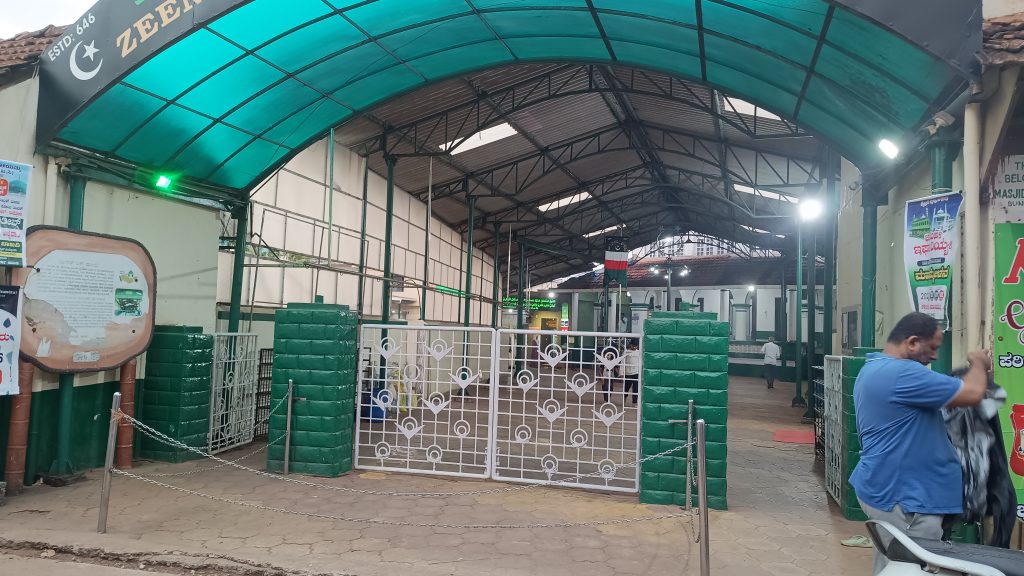
Travel Planning
How to Reach Mangalore
- By Air: Check available direct flights to Mangalore International Airport (IXE) from major Indian cities and Gulf countries.
- By Train: Mangalore Central Railway Station (MAQ) offers excellent connectivity with other places in India.
- By Road: Well-connected highway network from major South Indian cities.
Best Time to Visit
October to March offers pleasant weather with temperatures ranging from 20°C to 32°C, ideal for exploring the mosque and surrounding attractions.
Accommodation
Various hotels and guesthouses are available near Bunder area, catering to different budgets:
- Budget: Hotel Nandhini, Near Bharat Mall, Lalbagh
Conservation and Community
The mosque continues to serve as an active center for Islamic worship and community gatherings. Local authorities and the Muslim community work together to preserve this historical structure while maintaining its religious significance. Regular maintenance ensures that the intricate wooden architecture remains intact for future generations.
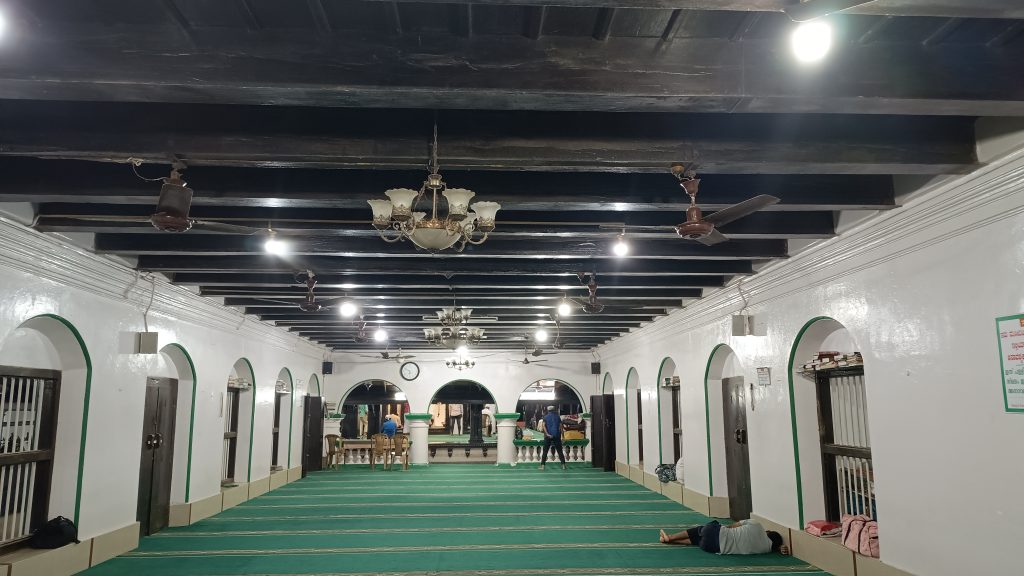
Planning Your Visit
Essential Tips
- Visit during early morning or late afternoon for better photography
- Allocate at least 1-2 hours for exploration
- Consider hiring a local guide for historical insights
- Combine your visit with other nearby historical sites
- Carry water and wear comfortable footwear
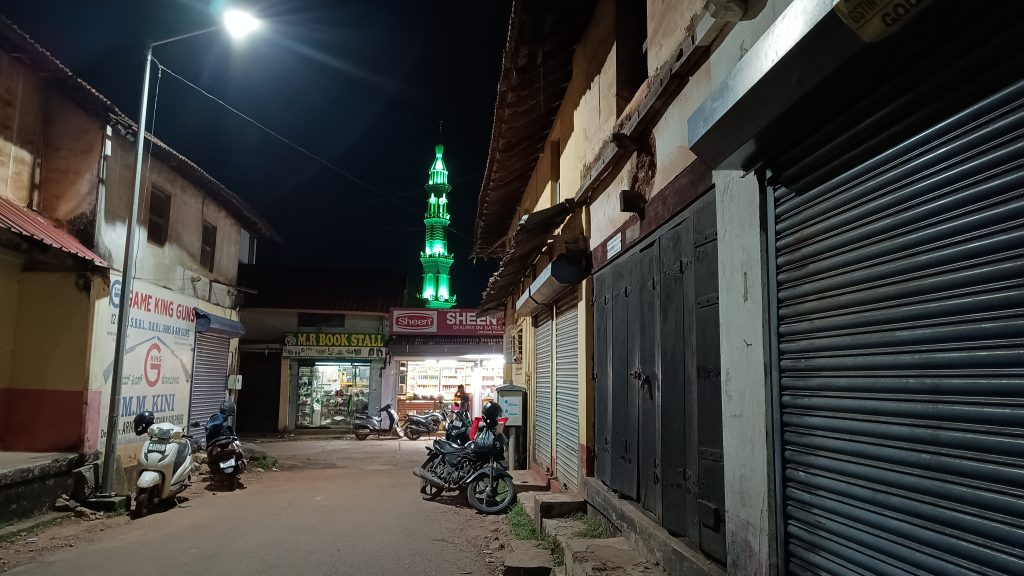
Conclusion
The Zeenath Baksh Juma Masjid stands as more than just a religious monument – it’s a symbol of Mangalore’s multicultural heritage and architectural excellence. Its unique blend of Islamic and local architectural styles, coupled with its historical significance, makes it an essential stop for history enthusiasts, architecture lovers, and spiritual seekers alike.
Note: Before visiting, check current opening hours and any special guidelines, especially during religious holidays or festivals.

